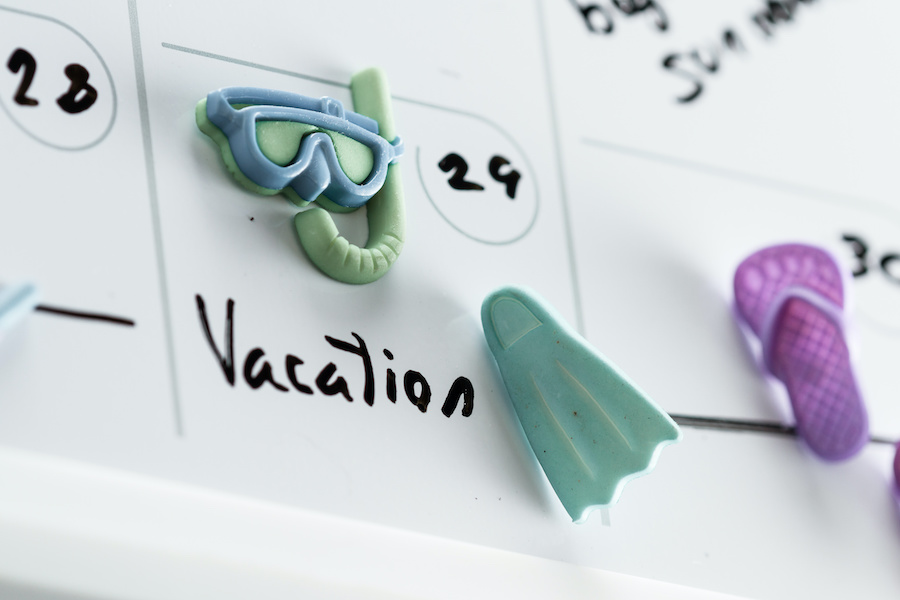A Proactive Approach to Taking Earned Time Off
By Mark Mohammadpour, APR, Fellow PRSA
March 2022
Heading into springtime, many of us are thinking about ways to enjoy time away from meetings and deliverables. Unfortunately, recent data shows we are not entirely using a vital employee benefit: getting paid not to work. Brand-new research from the U.S. Travel Association says in 2021:
- Only 25 percent of Americans used ALL of their earned time off.
- American workers left an average of more than four days or 29 percent of their paid time off (PTO) on the table.
- More than half (53 percent) of remote workers work more hours now than in the office.
In an era in which we’re seeing companies attempting to offer four-day workweeks and unlimited paid time off, without a structure in place, issues of burnout will continue to soar.
Beyond the data, we continue to have the following perceptions:
- “It looks good to the boss if I’m available 24/7.”
- “My boss never takes a vacation, so I won’t either!”
- “If I take time off, I’ll have to do more work in less time.”
This month, I challenge you to take a different approach to your time off. Don’t expect your manager or human resources department to micromanage how much PTO you have remaining. Set your boundaries and take your earned time off!
Here are some actionable tips on how to use your earned time off.
Create your proactive system.
In my PR career, I used a 6-3-1 approach. I would take a week off every six months, every three months I’d take a long weekend, and every month I’d take a half day or full day. Setting this in my calendar gave me the confidence I will use my time off and set boundaries with my colleagues, managers and clients. Design a system that works for you.
Set yourself up for a stress-free time off.
At least one to two weeks before your vacation, create a pre-vacation priorities plan. The process is as simple as getting out a piece of paper and sorting your priorities into four categories:
- Pre-vacation priorities: what must be done before you leave, and how are you making time for these priorities?
- Delegate: what project(s) will continue while you’re away, who is your proxy, and do they know what they need to execute?
- Post-vacation priorities: what are your work priorities when you return, and when will you work on those priorities?
- Delete: what is NOT a valuable use of your time or anyone else’s time?
Additional tips before you leave on vacation:
• Block out at least 1-2 hours in your calendar for your first day back. This time is for you to review your email inbox and get caught up before diving into meetings and other activities.
• Build in a recovery day. If you’re traveling, the stresses of doing so on a Sunday before going back to work on Monday won’t make you feel refreshed. Consider leaving for home 48-72 hours before you return to work.
• Ask your team to send you a “while you were away” email. I always appreciated a “what you missed” email when my teams shared immediate highlights, issues and questions I should start reviewing upon my return. And I worked with my teams to return this in kind when my colleagues were away.
This approach will empower you to take the time off you deserve guilt- and stress-free. Now, get planning and enjoy your vacation!



